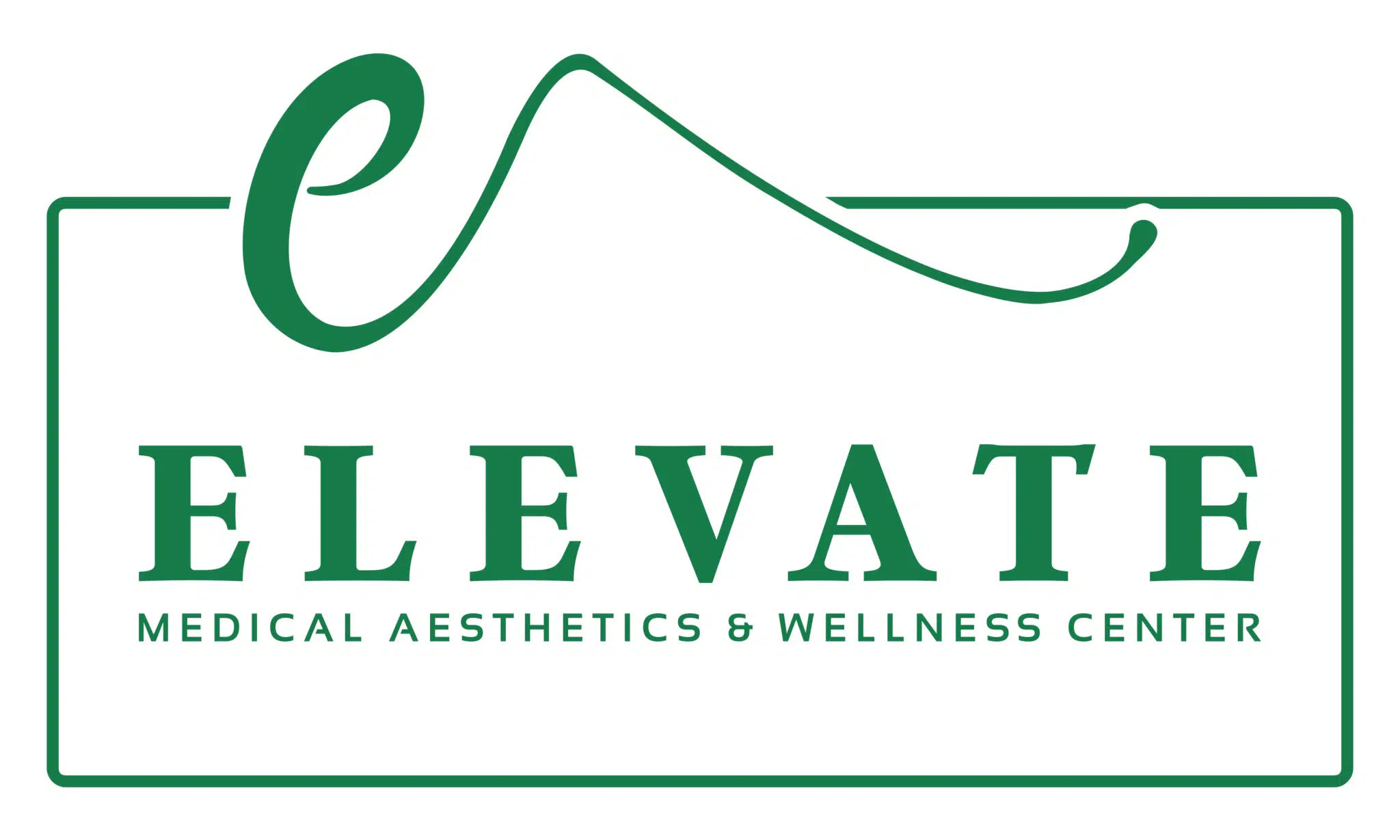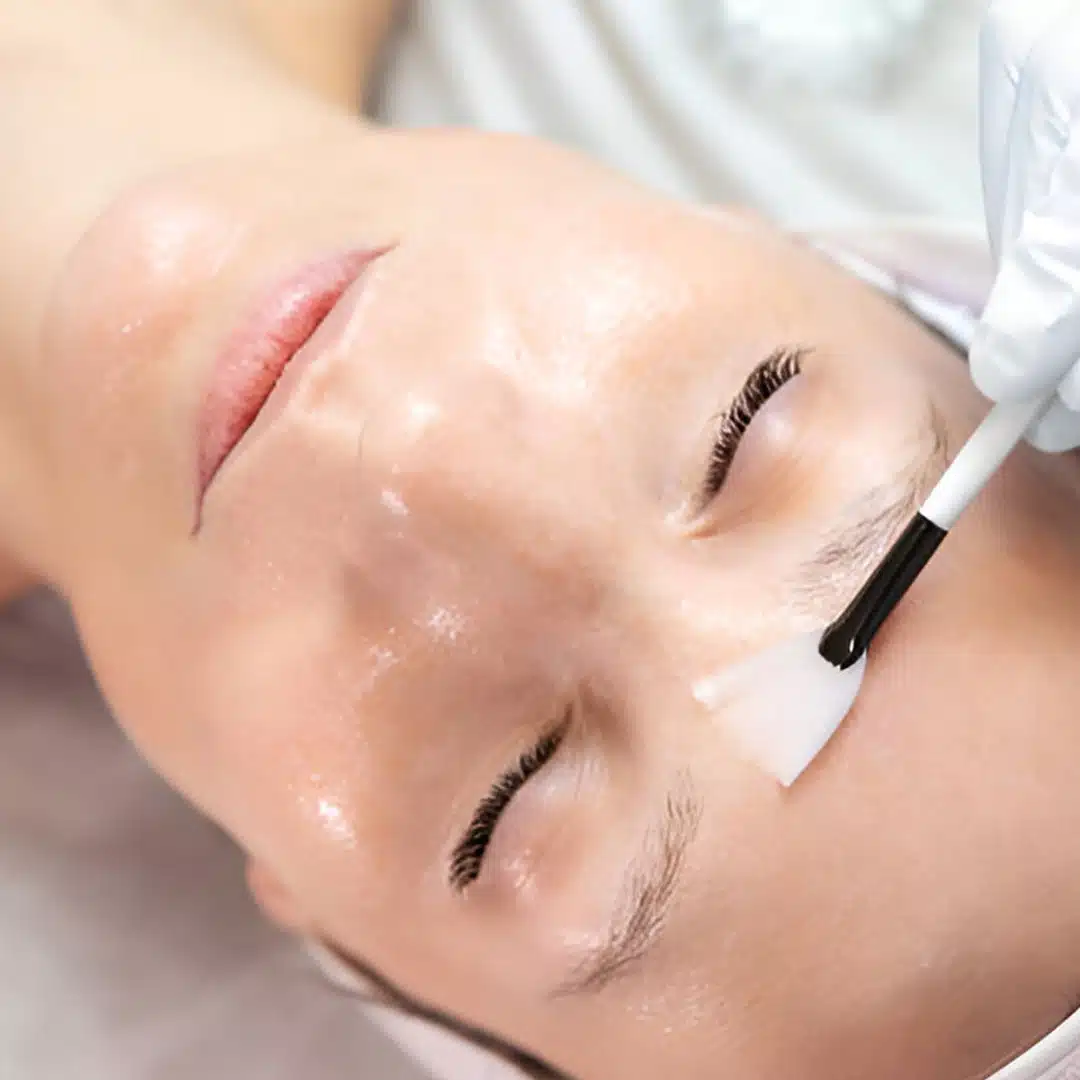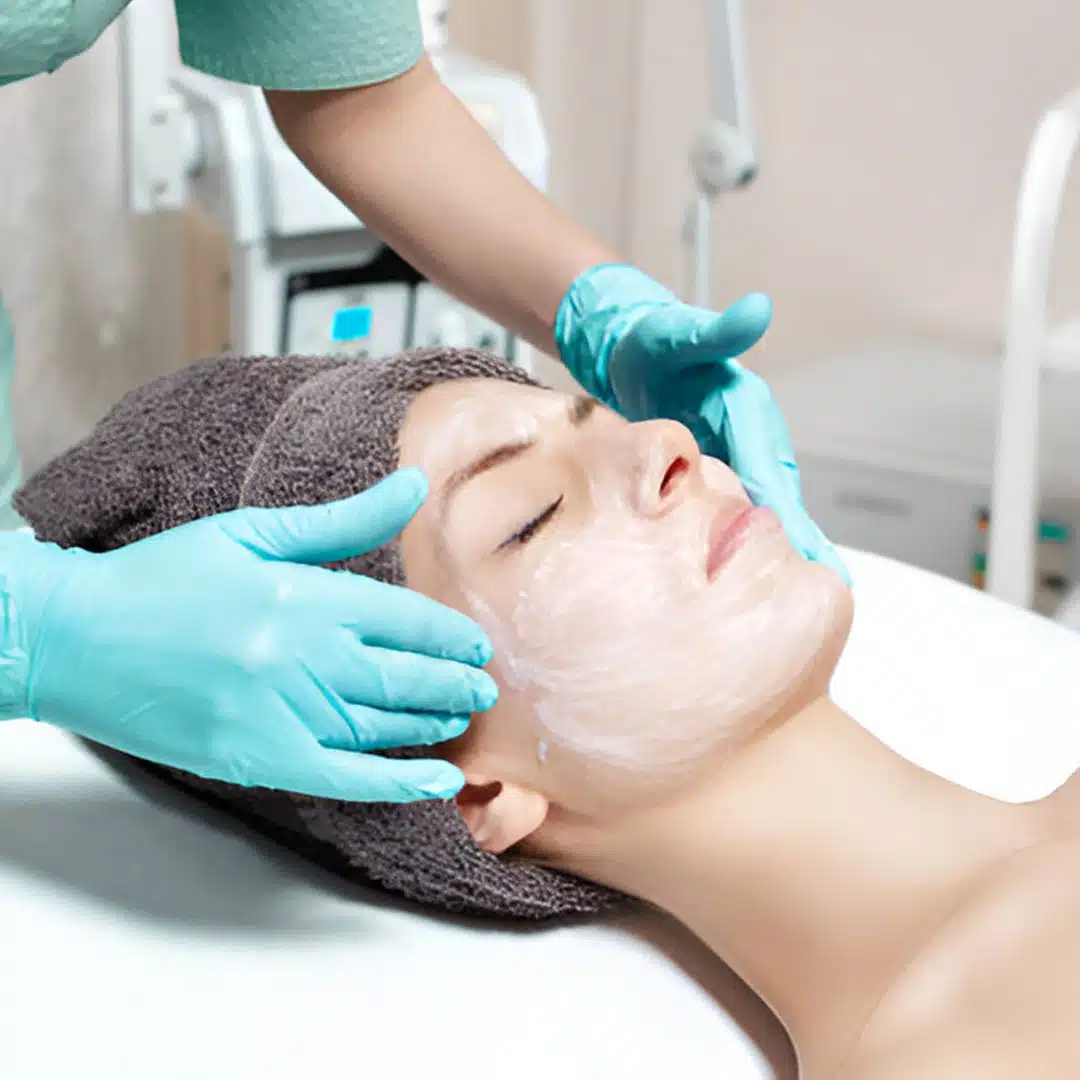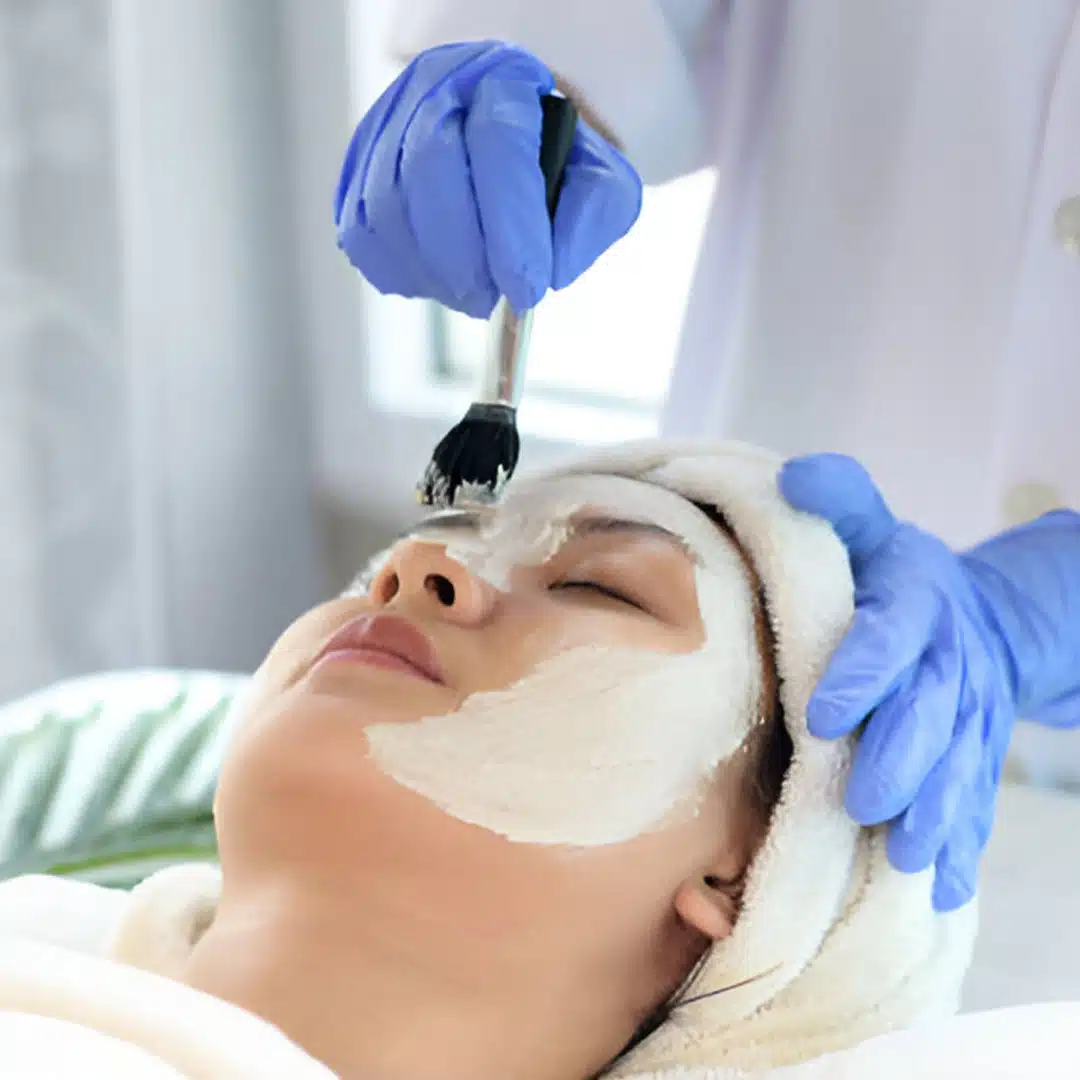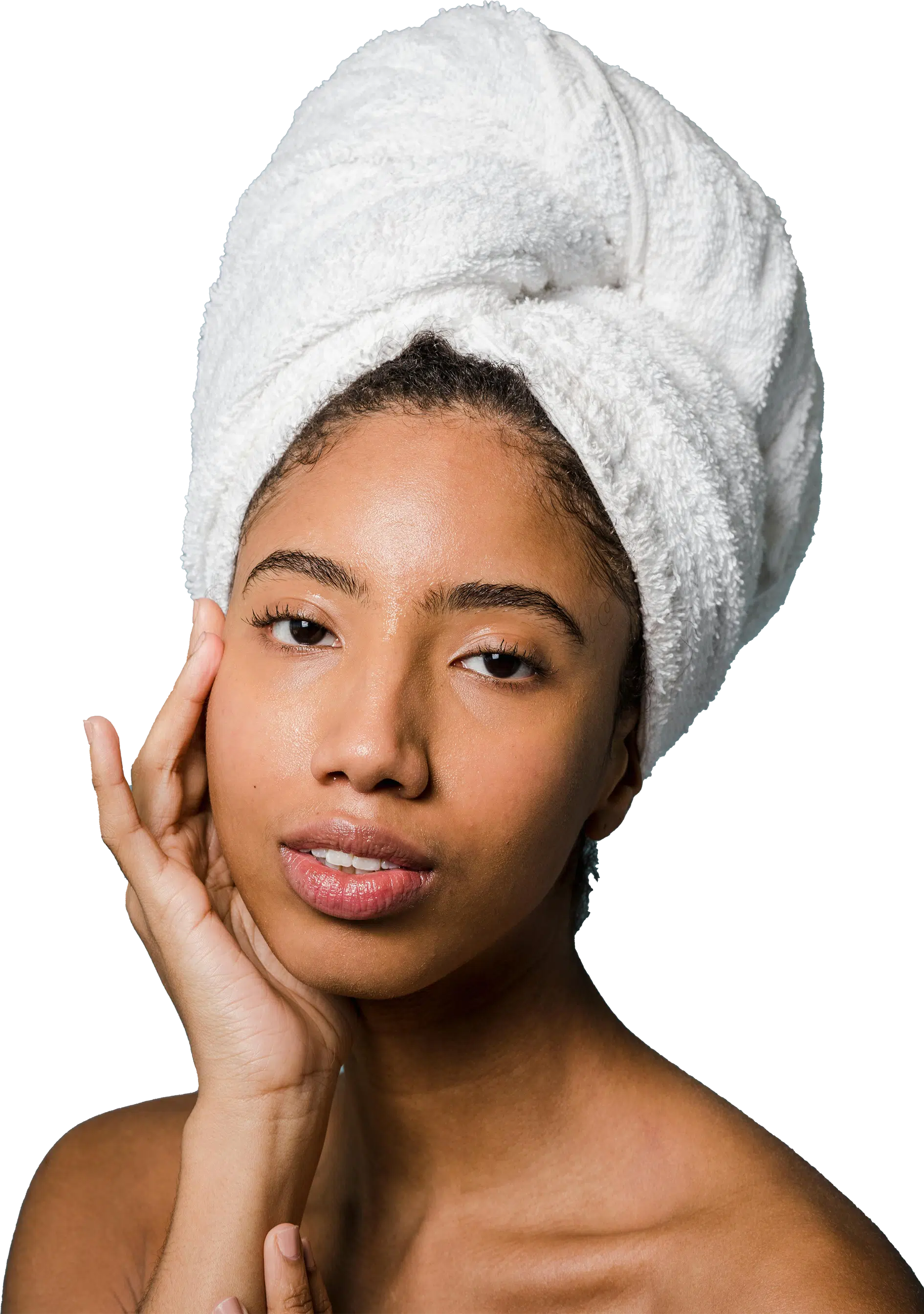Chemical peels utilize a variety of active ingredients tailored to specific skin concerns, making the choice of peel type essential for effective chemical peeling. A light chemical peel, often composed of alpha-hydroxy acids (AHAs), is suitable for mild skin issues and provides a gentle exfoliation. More intensive treatments, such as medium and deep peels, may include phenol-based peels, which are effective for deeper skin rejuvenation. The chosen peel solution plays a critical role in the chemical peeling procedure, targeting acne, scarring, or hyperpigmentation. Each chemical peeling treatment offers unique benefits, and understanding these key ingredients is vital for achieving desired results.
Hydroxy Acid Peels Explained
Hydroxy acid peels are a popular category of chemical peels designed to exfoliate the skin effectively. These peels utilize alpha-hydroxy acids (AHAs) to slough away dead skin cells, promoting cell turnover and revealing a brighter complexion. Superficial peels primarily use AHAs, making them a suitable peel option for those looking for gentle yet effective treatment. While superficial peels deliver moderate results, more potent options, such as medium peels and deeper peels, can provide significant improvements for various skin issues.
Chemical peels, including phenol peels and medium peels, vary in intensity and effectiveness. The phenol peel procedure is known for its deep exfoliation, addressing severe skin concerns but requiring careful consideration due to potential side effects. For individuals seeking to enhance their skin appearance, multiple peels may be recommended to achieve desired results. It's essential to consult with a skincare professional to determine the most suitable peel for individual skin types and conditions.
The Role of α-Hydroxy Acids
α-Hydroxy acids (AHAs) play a crucial role in the formulation of various chemical peels. These acids, commonly found in hydroxy acid peels, help to exfoliate the skin and enhance its texture. AHA peels are often incorporated into medium peel and deep peel formulas to promote cell turnover and provide a brighter appearance. The effectiveness of deep peels in achieving significant skin rejuvenation can often be attributed to the inclusion of AHAs, as they facilitate the removal of dead skin cells and stimulate new growth.
Peel kits that contain α-hydroxy acids are particularly popular for at-home use. Statpearlschemical peels frequently highlight the benefits of these acids due to their ability to improve skin tone and minimize the appearance of fine lines. Early phenol peels were some of the first to harness the power of these acids, paving the way for more advanced techniques. The integration of AHAs into various peel treatments allows practitioners to offer tailored solutions, ensuring that patients can achieve their desired results with both safety and efficacy.
Other Common Ingredients Used
A variety of ingredients are utilized in chemical peels to cater to different skin types and concerns. Commonly included components like beta-hydroxy acids (BHAs) allow for deeper penetration and effective exfoliation. BHA peels control oil and treat acne, making them a favored choice for individuals with oily or acne-prone skin. Meanwhile, lighter peels often incorporate milder acids, ensuring a gentle experience that minimizes discomfort. Lay peelers may gravitate toward these light peels for a less invasive treatment option that still delivers noticeable results.
Peel-specific application nuances are essential for the effectiveness of each chemical peel. Professional peels often use stronger formulations, requiring trained specialists to administer them. These professionals tailor the peel choice based on a thorough skin assessment and desired outcomes. During the peeling process, the precise combination of ingredients is crucial for achieving optimal skin rejuvenation. Different types of peeling formulations ensure that clients receive the best care for their unique skin challenges, whether it’s a light peel or a more intensive treatment.
Benefits of Chemical Peels
Chemical peels offer a range of benefits that enhance the overall appearance and health of the skin. Medium-depth peels, such as TCA peels, are particularly effective for addressing deeper imperfections, while more superficial options, like home peels, provide a gentler approach for everyday skin maintenance. Patients often experience noticeable face peel results, including improved texture and tone. Following the treatment, adhering to post-peel instructions is crucial for optimal recovery and results. The peeling process itself can reveal fresher skin and diminish issues like acne scars and hyperpigmentation. Establishing a pre-peel spot with a qualified professional can ensure the treatment is tailored to individual skin types, maximizing the benefits of facial peels.
Skin Rejuvenation
Chemical Peels offer a transformative approach to skin rejuvenation, particularly through the use of medium depth peels. These peels, such as the phenol-croton oil peel, effectively address various skin concerns by promoting cellular turnover and improving skin texture. The statpearls chemical peeling technique enhances the effectiveness of these treatments, ensuring that the skin emerges smoother and more radiant. A well-executed facial peel can significantly reduce the appearance of fine lines and boost overall skin health.
Achieving optimal results from a chemical peel requires diligent post-peel skin maintenance. Following the treatment, individuals should adhere to detailed post-peel care instructions to minimize complications and support healing. Effective peeling involves using gentle, hydrating products and protecting the skin from sun exposure. This careful attention to post-peel care, including moisturizing and avoiding harsh treatments, is vital for ensuring the long-lasting benefits of the chemical peel.
Treating Acne and Scarring
Chemical Peels effectively address acne and scarring through targeted physical peelings. The procedure utilizes a chemical solution containing various peeling agents like non-phenol peeling agents or more aggressive options like phenol peeling. The appropriate peel depth is crucial; superficial peels may target light acne scars, while deeper peels can penetrate more stubborn blemishes. Understanding the specific needs of the skin helps determine the best type of chemical peel.
Post-peel expectations can vary based on the chosen chemical solution and individual skin type. Patients may experience redness, peeling, and sensitivity as their skin heals. Keeping track of these reactions is essential for assessing the effectiveness of the treatment. Over time, patients can enjoy smoother skin and diminished scars, making Chemical Peels a viable option for improving skin texture and appearance.
Addressing Hyperpigmentation
Chemical Peels serve as effective treatments for addressing hyperpigmentation, helping to refine skin texture and promote a more even skin tone. Different chemicals are employed in these peels to target specific skin concerns. The process involves desquamating skin layers, allowing new, healthier skin to emerge. Through deep chemexfoliation, Chemical Peels can significantly reduce the appearance of dark spots and uneven skin coloring, offering visible improvements over time.
While Chemical Peels are generally safe, mild skin irritation may occur as the skin adjusts to the treatment. Following guidance from the International Peeling Society can enhance results and minimize discomfort. Patients often compare the peeling process to how frozen vegetables lose their freshness, revealing a revitalized surface beneath. The choice of peel type will ultimately determine the effectiveness in treating hyperpigmentation and achieving desired skin clarity.
The Chemical Peel Procedure
Preparation for a chemical peel involves assessing the skin's condition and determining specific needs. This step ensures that the treatment effectively addresses skin imperfections such as uneven pigmentation and skin redness. During the application process, a solution is applied to the skin, promoting skin regeneration and ultimately leading to the development of thicker skin. Patients may experience a slight tingling sensation, and it's essential to be aware of potential chemical pooling, which can affect the peel's efficacy. Aftercare is crucial for optimal recovery and achieving the desired results from the cosmetic treatment, allowing the skin to heal and reveal new skin while minimizing any adverse effects.
Preparation for a Chemical Peel
Before undergoing Chemical Peels, it is essential to prepare your skin to achieve the best results. A thorough consultation with a cosmetic dermatologist can help determine the appropriate strength of the peel, whether it involves usual fruit acids for a superficial treatment or more intense formulations for deeper rejuvenation. Preparing the skin may also include discontinuing certain makeup products or skin care routines that could irritate the epidermis skin layers. This step ensures that the peel effectively targets the skin underneath, leading to improved skin appearance.
Proper preparation can enhance the effectiveness of the skin resurfacing technique employed during Chemical Peels. Pre-peel instructions might involve the use of gentle exfoliants and moisturizers to prime the skin, ensuring a smooth application. Taking these measures aids in minimizing the risk of adverse reactions and helps in achieving optimal results. By understanding the importance of preparation, patients can look forward to a revitalized complexion post-treatment.
The Application Process
During the application of chemical peels, practitioners carefully select the type of peel based on the patient’s skin type and concerns. Exfoliative agents are applied to the skin, allowing for optimal skin penetration. Recent formulations are designed to cater to various skin types, including Asian skin and brown skin, to ensure safe and effective treatment. The process often involves the use of oil-soluble acids that work to dissolve dead skin cells and promote exfoliation, enhancing the overall results of the peel.
After the chemical solution is applied, patients may experience varying degrees of initial reactions. Some might notice a slight burning sensation, which typically subsides quickly. Patients with darker skin tones may be particularly cautious of potential brownish discoloration or pigmentary reactions following treatment. It is essential to follow the specific aftercare instructions provided by the practitioner to minimize risks and support the healing process.
Aftercare and Recovery
After undergoing Chemical Peels, proper aftercare is crucial to ensure optimal results and minimize potential side effects. Individuals with distinct skin types, such as black skin or average skin, may require specific formulations to address their unique needs. Post-peel care typically includes using gentle cleansers and moisturizers to soothe the skin, along with sun protection to prevent adverse effects from sun exposure. Special attention should be given to any discoloration, such as a yellowish tinge or abnormal skin color that may arise after the procedure.
Recovery following Chemical Peels can vary based on the type of peel administered. Superficial peels usually involve minimal downtime, while medium and deep peels may require longer healing periods. During recovery, individuals should avoid harsh products, especially those containing citrus, which can irritate sensitive skin. Consulting with a dermatologist is advisable for tailored aftercare recommendations, ensuring that the skin heals correctly and any risks associated with cosmetic purposes are effectively managed.
Potential Risks and Side Effects
Chemical peels involve the application of a topical agent to remove the superficial layer of the skin, which can lead to various risks and side effects. Common reactions may include redness, irritation, and peeling as the skin adjusts after the procedure. For individuals with a darker skin tone, there is a potential for unwanted pigmentation changes, particularly concerning melanin production. The use of oils or products that are irritating to the skin post-peel can exacerbate these effects. Clin dermatol and dermatol clin studies highlight the significance of understanding these risks to ensure appropriate aftercare and reduce the likelihood of complications from chemical peels.
Common Reactions to Peels
Chemical peels can trigger a variety of reactions, often depending on the type and strength of the peel used. Superficial peels typically involve liquid formulations with lower concentrations of active ingredients, making them suitable for mild cases. Patients may experience temporary redness, slight frosting of the skin, and minor itches. This reaction usually indicates that the treatment is effective but varies with different skin depths and individual skin types.
Deeper chemical peels often yield more pronounced reactions due to their stronger substances. Users may encounter increased swelling, longer lasting redness, and a more significant change in skin texture. Those with superficial acne scars may notice improvements in their skin's appearance, but they should also be aware of potential discomfort during the recovery period. Understanding these common reactions helps individuals prepare for the post-peel experience and manage their expectations effectively.
Long-term Considerations
Long-term effects of Chemical Peels can vary based on individual skin types and conditions. Some patients may experience persistent skin injury, leading to reactions such as skin edema or discoloration. According to studies published in the *Acad Dermatol*, it's important to monitor any changes in skin irregularities following a peel. Incorporating the right gauze sponges and techniques during the procedure can help minimize potential negative outcomes.
Regular updates to a skincare routine post-peel are essential for maintaining results. Proper hydration helps reduce the risk of long-lasting changes in skin coloring. Consistent use of sun protection and gentle products is vital to prevent future skin issues. By doing so, individuals can enjoy the benefits of their Chemical Peels while mitigating possible long-term risks associated with skin exposure and sensitivity.
Conclusion
Chemical peels serve as an effective solution for individuals seeking to improve the appearance of their facial skin. These treatments can significantly address concerns such as abnormal pigmentation, uneven texture, and various skin imperfections. Through the application of different types of chemical solutions, they exfoliate the outer layers of skin, promoting new cell growth and revealing a healthier complexion. Chemical peels not only rejuvenate the skin but also offer long-lasting benefits when integrated into a regular skincare routine. This process ultimately enhances self-confidence and provides a youthful glow.
